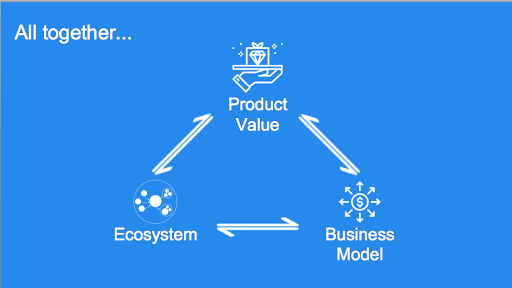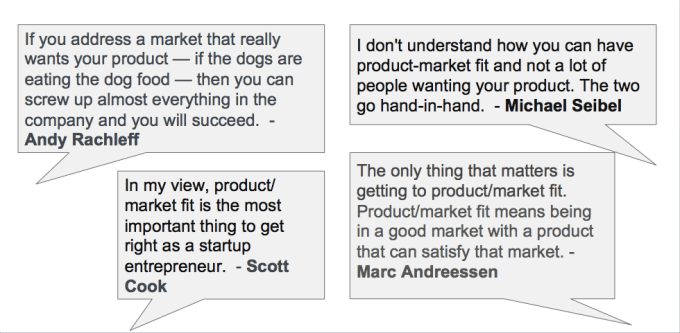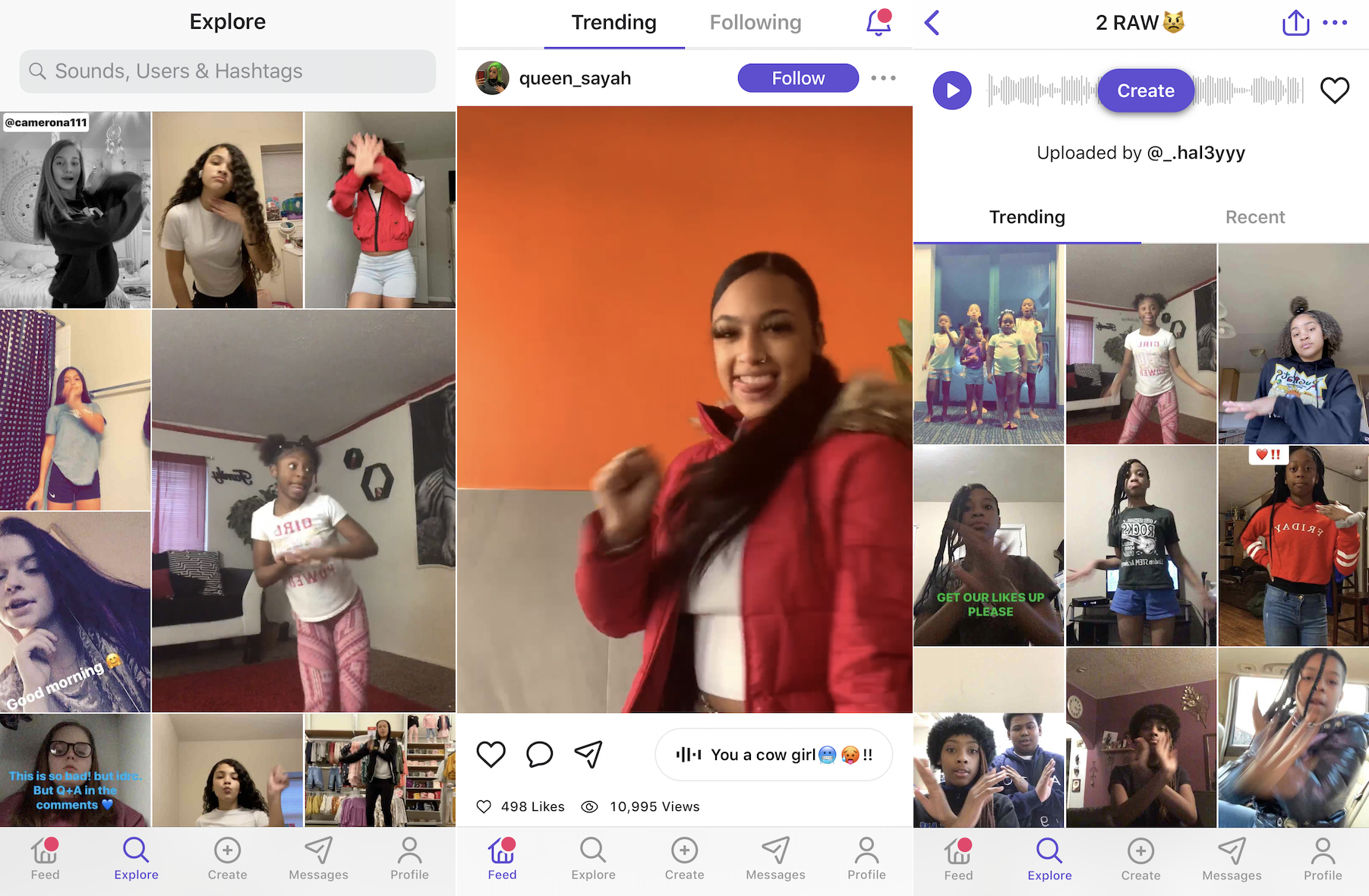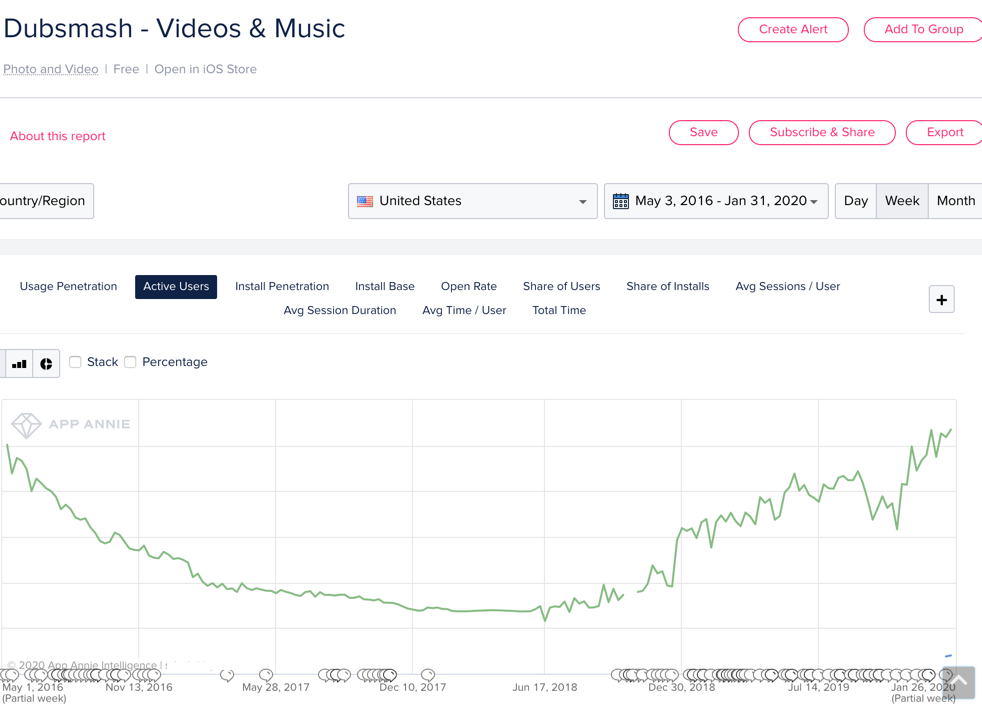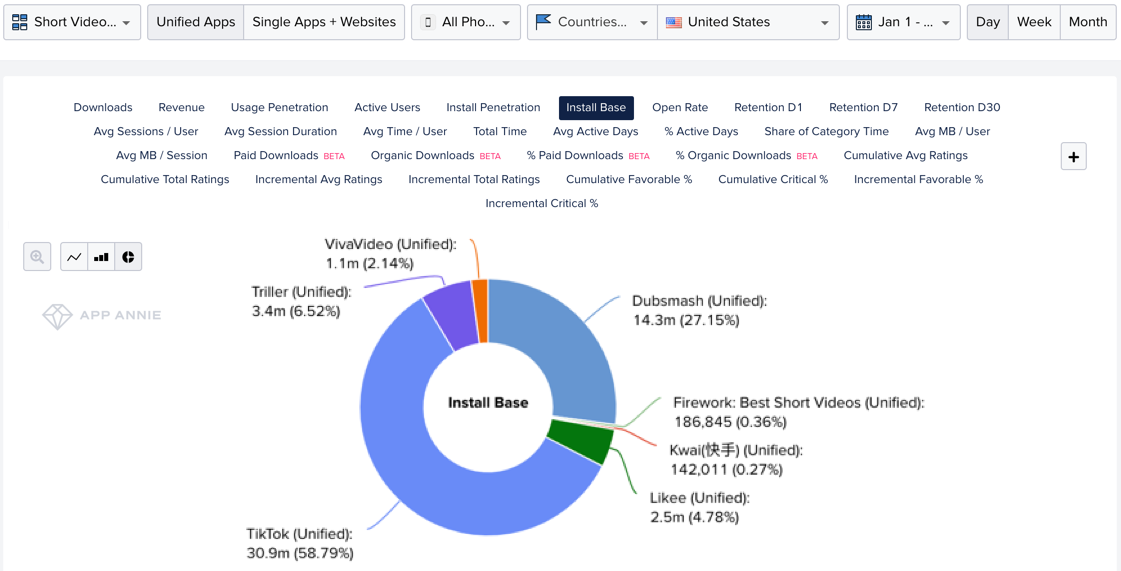Latin America Roundup: Loft raises $175M, SoftBank invests in Mexico’s Alphacredit and Rappi pulls back
NEWSBrazil’s famously tricky real estate market has long drawn international investors to the region in search of tech solutions. This time, Brazilian startup Loft brought in a $175 million Series C from first-time investor in the region, Vulcan Capital (Paul Allen’s investment arm), alongside Andreessen Horowitz. Loft is also a16z’s first and only Brazilian investment.
Co-founded by serial entrepreneurs and investors, Mate Pencz and Florian Hagenbuch in 2018, Loft uses a proprietary algorithm to process transaction data and provide more transparent pricing for both buyers and sellers. The startup uses two models to help clients sell properties; either Loft will value the apartment for listing on the site, or they will offer to purchase the property from the buyer immediately. Many real estate platforms in the US are shifting toward a similar iBuyer model; however, this system may be even more apt for the Latin American market, where property sales are notoriously untransparent, bureaucratic, and tedious.
Loft will use the capital to expand to Rio de Janeiro in Q1 2020 and to Mexico City in Q2, bringing on at least 100 new employees in the process. It also plans to scale its financial products to include mortgages and insurance by the end of the year.
Alphacredit raises $125M from Softbank
Mexican consumer lending startup Alphacredit became Softbank’s new Mexico bet this month, with a $125M Series B round. Alphacredit uses a programmed deduction system to provide rapid, online loans to individuals and small businesses in Mexico. To date, the startup has granted over $1B in loans to small business clients in Mexico and Colombia, many of whom have never previously had access to financing.
Alphacredit’s programmed deductions system enables the startup to lower default rates, which in turn lowers interest rates. For over eight years, Alphacredit has encouraged financial inclusion in Mexico and Colombia through technology; this round of investment will enable the platform to consolidate its holding as one of the top lending platforms in the region. The investment is still subject to approval by Mexico’s competition authority, COFECE, which has previously blocked startup deals such as the Cornershop acquisition in 2019.
Softbank’s biggest bets back off in Latin America
While Softbank is still rapidly deploying its Latin America-focused Innovation Fund, some of its largest companies are stepping on the brakes. In particular, Softbank’s largest LatAm investment, Rappi, recently announced that it would lay off up to 6% of its workforce in an effort to cut costs and focus on their technology. The Colombian unicorn has been expanding at a breakneck pace throughout the region using a blitzscaling technique that has helped it reach nine countries with 5,000 employees in just two years, including Ecuador in November 2019.
Rappi has stated that it will focus on technology and UX in 2020, explaining that the job cuts do not reflect its long-term growth strategy. However, Rappi is also facing legal action for alleged intellectual property theft. Mauricio Paba, José Mendoza, and Jorge Uribe are suing Rappi CEO Simon Borrero and the company for stealing the idea for the Rappi platform while providing consulting for the three founders through his firm, Imaginamos. The case is currently being processed in Colombia and the U.S.
One of Softbank’s biggest bets in Asia, Oyo Rooms, is facing similar challenges. Just months after announcing their expansion into Mexico, Oyo fired thousands of employees in China and India. Oyo plans to be the largest hotel chain in Mexico by the end of 2020, according to a local spokesperson.
Argentina’s Agrofy breaks regional agtech records
With a $23M Series B from SP Ventures, Fall Line Capital, and Acre Venture Partners, Argentine agricultural supply marketplace Agrofy has raised the region’s largest round for an agtech startup to date. The platform provides transparency and ease for the agricultural industry, where users can buy and everything from tractors to seeds. In four years, Agrofy has established itself as the market leader in agricultural e-commerce; it was also Fall Line Capital’s first investment outside of the U.S.
Agrofy is active in nine countries and receives over five million visits per month, 60% of which come from Brazil. However, the startup faces the challenge of low connectivity in rural areas, where most of its customers live. The investment will go to improving the platform, as well as integrating new payment types directly into the site to help clients process their transactions more smoothly.
News and Notes: Fanatiz, Pachama, Moons, Didi, and IDB
The Miami-based sports-streaming platform, Fanatiz, raised $10M in a Series A round from 777 Partners in January 2020 after registering 125% user growth since July 2019. Founded by Chilean Matias Rivera, Fanatiz provides legal international streaming of soccer and other sports through a personalized platform so that fans can follow their teams from anywhere in the world. The startup provided the Pope with an account so that he could follow his beloved team, San Lorenzo, from the Vatican. Fanatiz has previously received investment from Magma Partners and participated in 500 Startups’ Miami Scale program.
Conservation-tech startup Pachama raised $4.1M from Silicon Valley investors to continue developing a carbon offset marketplace using drone and LIDAR data. Pachama was founded by Argentine entrepreneur Diego Saez-Gil in 2019 after he noticed the effects of deforestation in the Peruvian Amazon. After participating in Y Combinator in 2019, Pachama now has 23 sites in the US and Latin America where scientists are working alongside the startup’s technology to certify forests for carbon sequestration projects.
Mexico’s Moons, an orthodontics startup that provides low-cost invisible aligners, has raised $5M from investors such as Jaguar Ventures, Tuesday Capital, and Foundation Capital and was recently accepted into Y Combinator, bringing the startup to the US. Moons provides a free consultation and 3D scan to patients in Mexico to determine if they are a good fit for the program, then supplies them with a yearlong invisible braces regime for around $1200. With 18 locations in Mexico and two in Colombia, Moons is expanding rapidly across the region, with ambitions for providing low-cost healthcare across several verticals in Latin America.
Chinese ridehailing startup Didi Chuxing recently launched a sustainable fleet of over 700 electric and hybrid cars for its Mexico City operations. After two years operating in Mexico, Didi announced that it would establish its headquarters in the capital city to manage its new low-emissions fleet. The company will provide financing to help its drivers acquire and use the vehicles, in an effort to reduce Didi’s environmental impact.
The IDB Lab released a report on female entrepreneurs in Latin America, finding that 54% of female founders have raised capital and 80% plan to scale internationally in the next five years. The study, entitled “wX Insights 2020: The Rise of Women STEMpreneurs,” finds that female entrepreneurship is on the rise in Latin America, particularly in the areas of fintech, edtech, healthtech, and biotech. Nonetheless, 59% of the 1,148 women surveyed still see access to capital as the most significant limitation for their companies. However, as women take center-stage in Latin American VC, such as Antonia Rojas Eing joining ALLVP as Partner, we may see funding tilt toward female-founded firms.
This month has set 2020 on a course to continue the strong growth we saw in the Latin American ecosystem in 2019. It is always exciting to see international investors make their first bets in the region, and we expect to continue seeing new VCs entering the region over the coming year.


